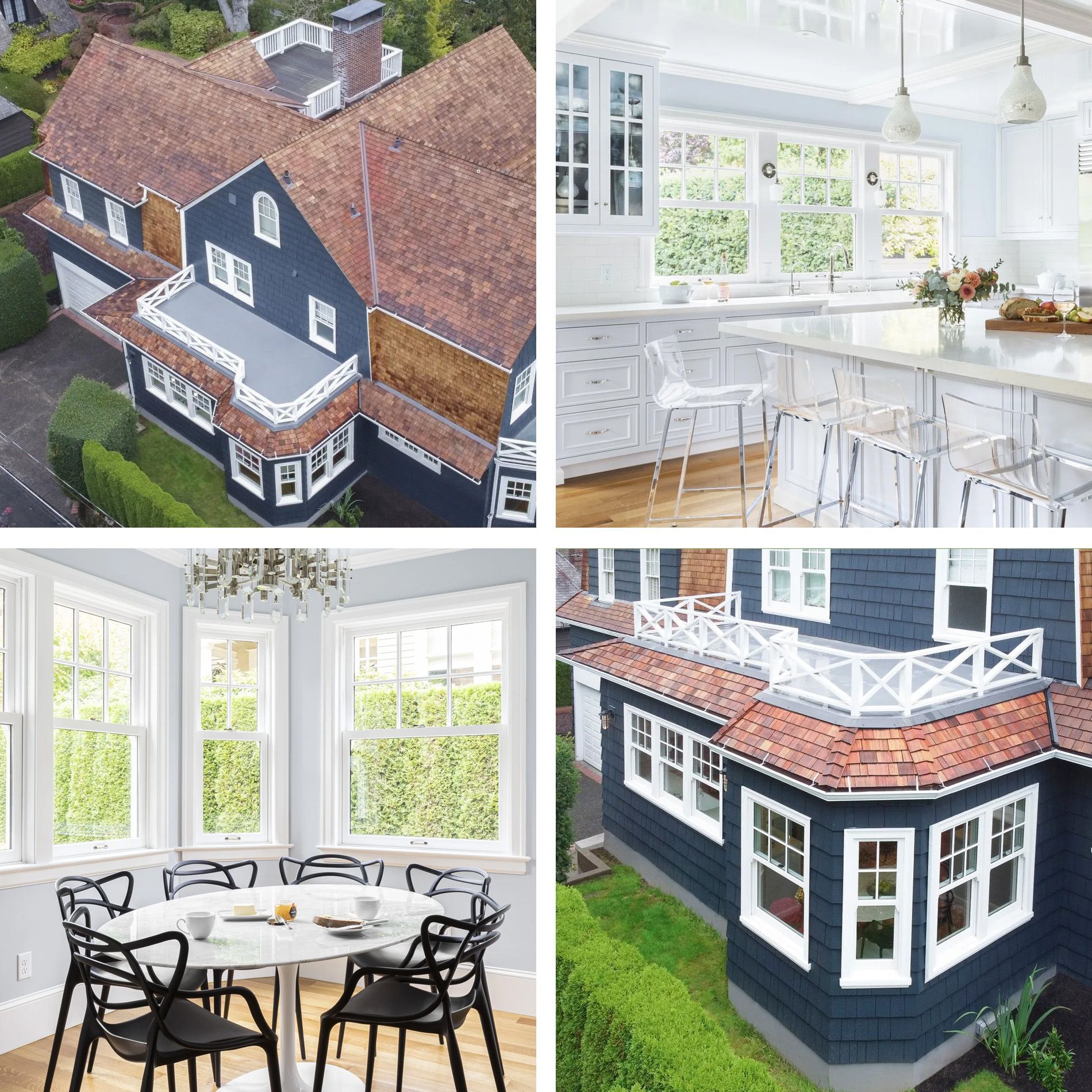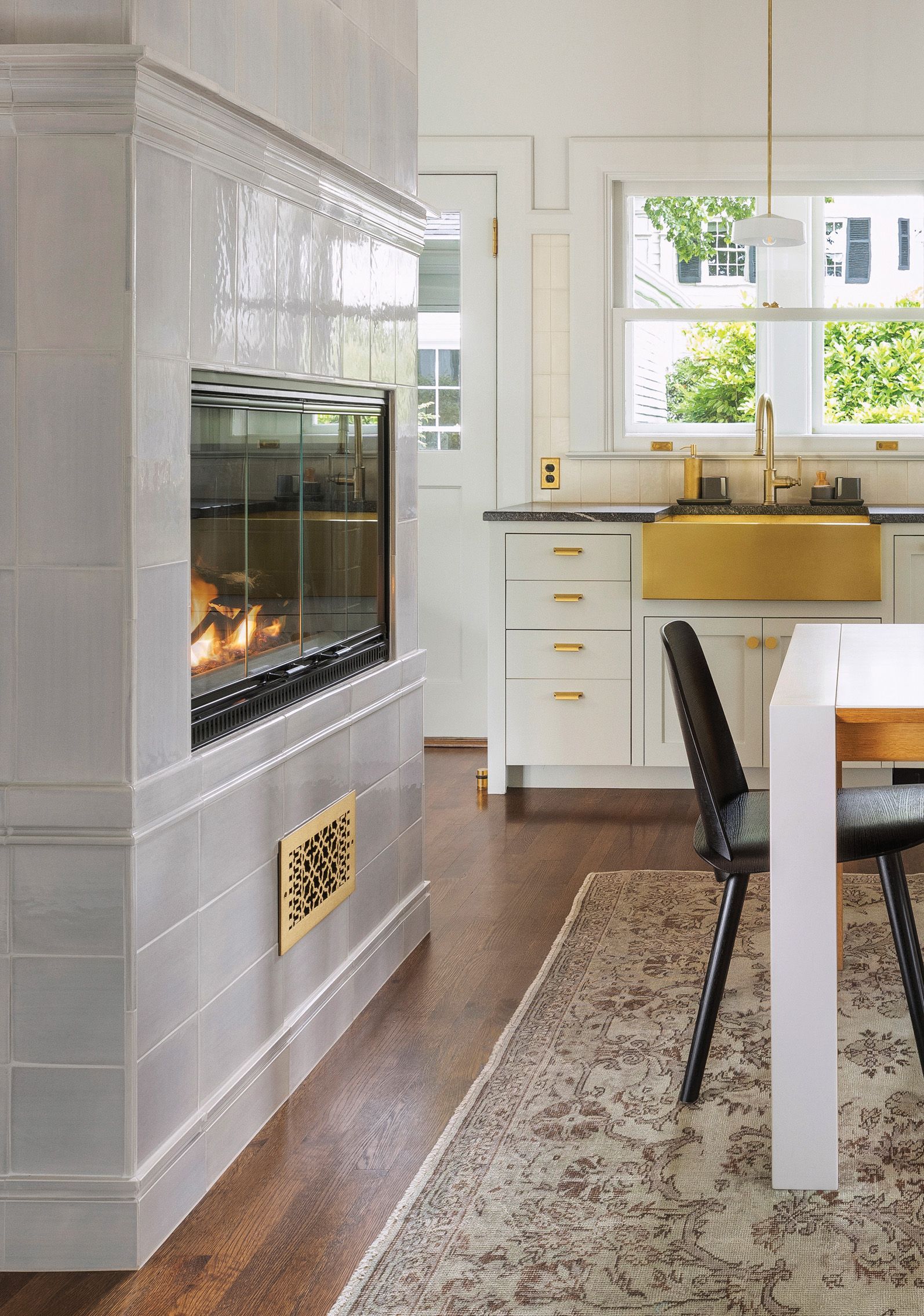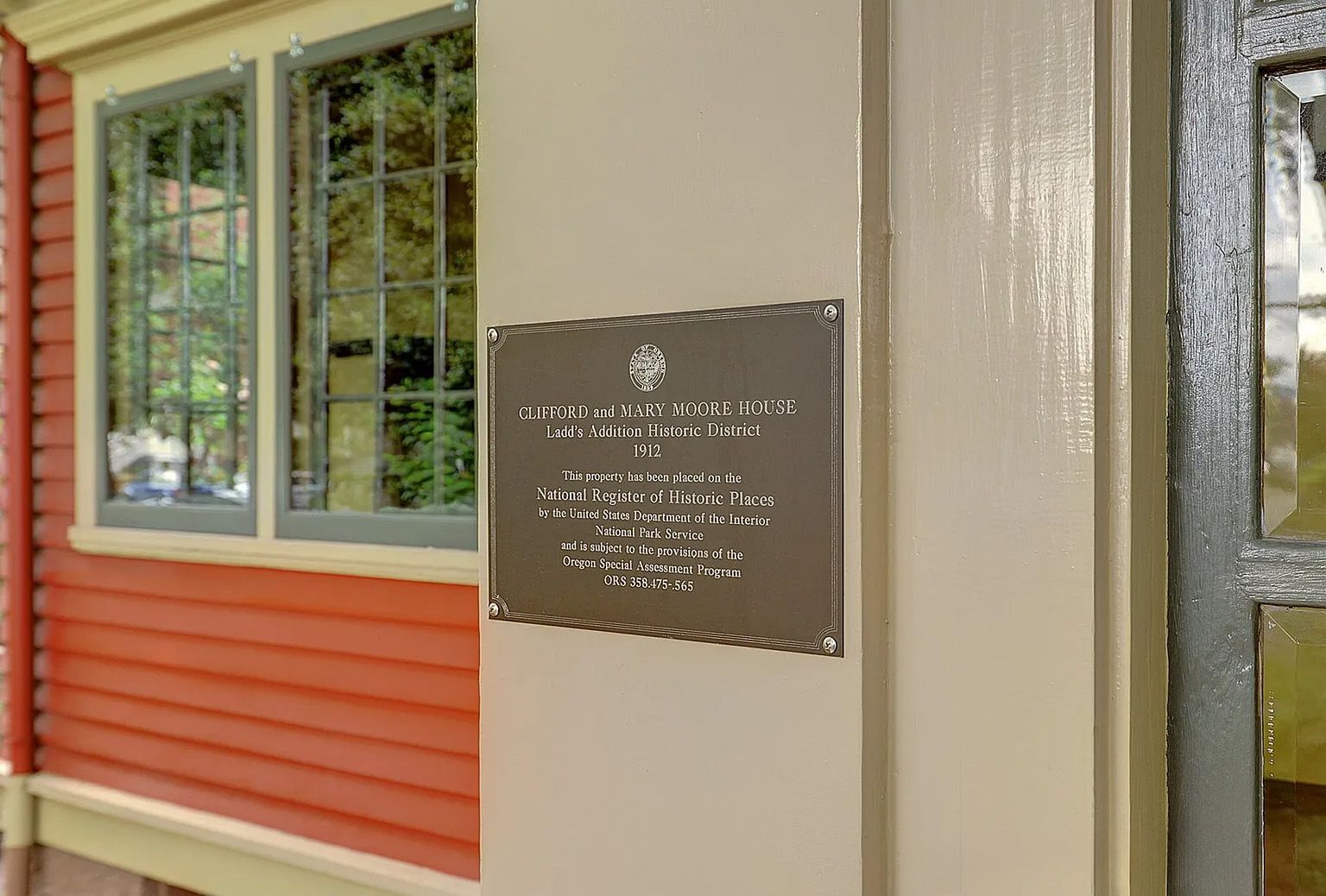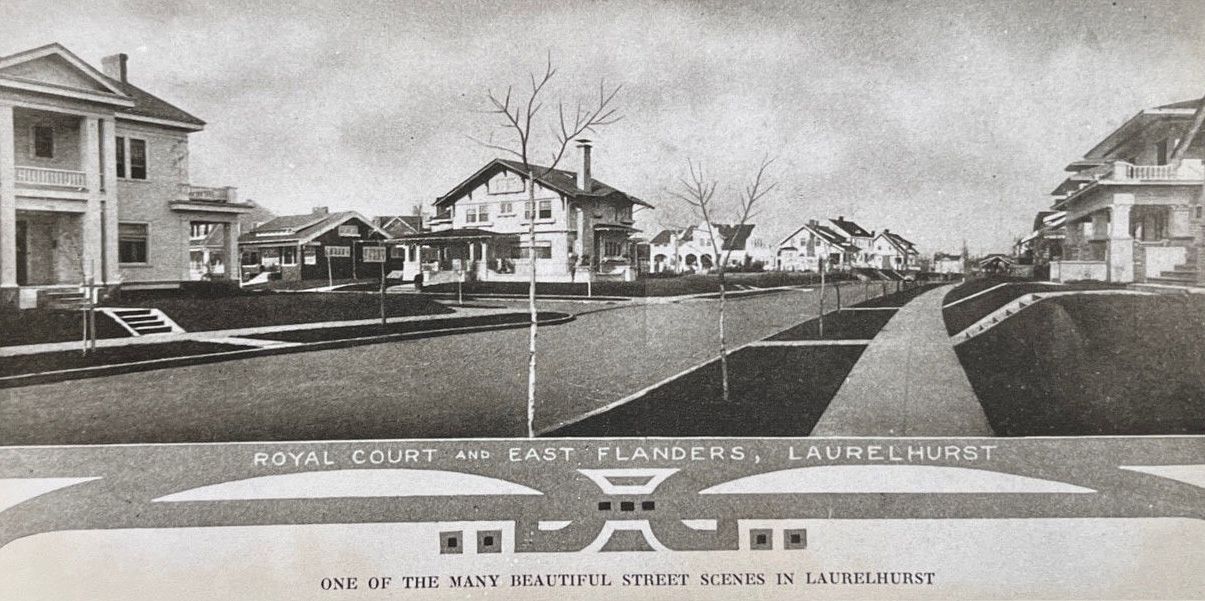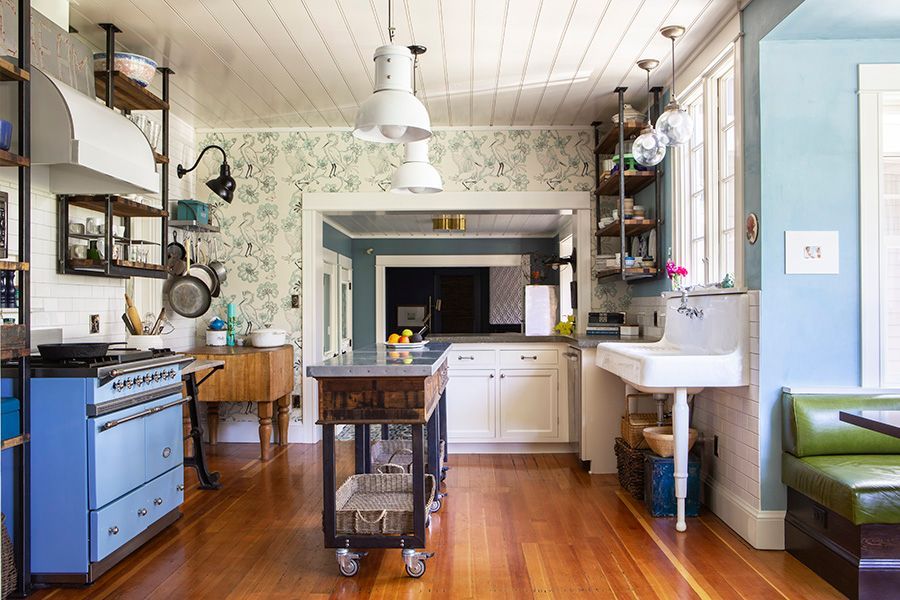You may only be thinking about a quick update to your master bath or basement right now. But have you considered how the choices you are making on this remodel will affect the future plans you may have for your house?

Creating a whole house plan will ensure that each step you take to improve your home will be thoughtfully considered and efficiently executed with the needs of future projects in mind. This will save time, prevent costly re-dos and offer the peace of mind that each improvement you make will dovetail seamlessly with the projects before and after it.
In this three part series, we’ll break it down step by step to offer which questions to consider and which best practices to keep in mind for each phase of your plan to ensure a result you’ll be happy with for the lifetime of your home.
Part One: Creating a Solid Foundation for your Whole House Plan
1. Identify Your Goals

Before you spend any money on your home, it will be important to consider carefully the following questions:
- Which investment will be right for your home based on its current value?
- How does your plan fit in with the style and scope of homes in your neighborhood?
- Which kinds of improvements are most appropriate for your stage of life and the life cycle of your family? Some remodeling projects recoup nearly 100% of their cost in increased home value- others may not but may be worth the investment for other reasons.
You’ll also need to keep both your family’s long term and short term needs in mind.
Consider:
- How will your family’s needs change over the time you plan to be in your home?
- Will you need to accommodate an aging parent?
- Make room for your family to grow?
- Prepare for an empty nest?
2. Assemble Your Team
Assembling the team of professionals you’d like to work with at the beginning will ensure clear communication and avoid unnecessary overlap or conflict between the responsibilities of each professional.

At minimum, you’ll want to identify your:
- Architectural Design Team
- Construction Team
- Interior Decorator
- Landscape Architect
Keep in mind that each of these teams will have existing relationships with city officials and subcontractors who will also end up being an important part of the decision making process as you develop your plan.
As a design|build company, Arciform offers an integrated design and construction team that will stay with you every step of the way and coordinate all of the other professionals you will need to complete your projects.
3. Develop Your Design
Your whole house design will take into consideration any engineering, systems upgrades (like new heating or electrical) and structural changes required to meet your long term goals.

It will also develop the design details for each proposed project so that they will fit the architectural style of your home while showcasing your family’s unique tastes and personality. Along the way your design team will help you consider the following questions:
- Which layout changes will make your home function better?
- What storage needs do you have?
- Which appliance or technology upgrades are you hoping to incorporate?
- Which architectural details will integrate well with your home’s era and style?
- What mood and design aesthetic would you like the finished spaces to evoke?
- Which colors, shapes, textures and design details would you like to see integrated into the finished project? Every detail of your proposed project that can be selected in advance will save costly delays and change orders later.
4. Deal with the Foundation First
If your goals include updating the seismic bracing, mitigating water infiltration or expanding the head height in your basement, these are all projects that should be tackled prior to any interior renovations. This includes digging out your foundation or lifting your house if necessary.

Getting your basement completely dry will often also require a look at your rooftop water management systems, your landscaping plan (to be sure water is being directed away from your foundation with appropriate grading) and may include the installation of underground french drains to route groundwater around and away from your home.
5. Update your Mechanical Systems
Are new furnace or heating systems part of the long term plan for your home?

As un-sexy as these basic mechanical upgrades can be, they can make a huge difference to your comfort in the home. They also require ripping into walls, usually on multiple floors, so it is best to take care of them early before you start any internal renovation projects.
The last thing you want to do is tear into your beautiful new paint job to arrange the installation of a heating duct.
6. Button Up Your Envelope
After your mechanical systems are updated, its time to consider what energy performance upgrades might be needed in your home.

Sealing the cracks and air holes that create drafts, adding insulation and installing new windows and doors can all happen prior to any internal renovations.

In the next installment we’ll take it floor by floor to offer insight into which projects to tackle first and what questions to ask as you design your dream kitchen, master suite and basement.
See More Stories
